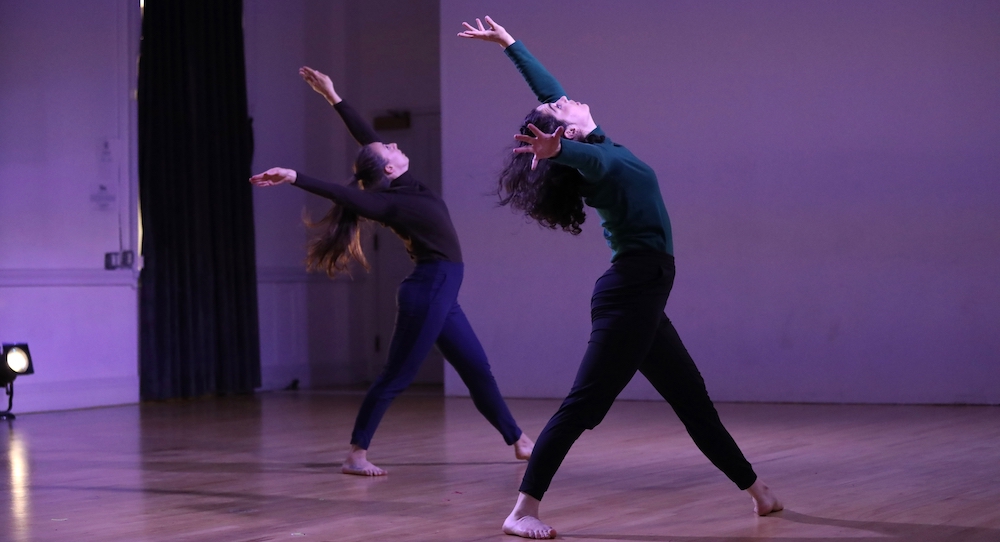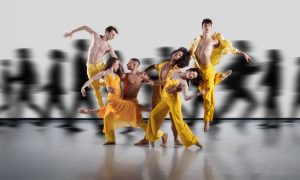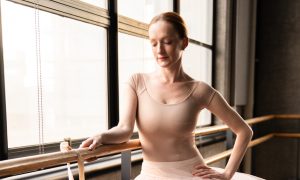It’s something that seems to hit many dance students when graduation is in sight: “Now what?” How can one leverage tools, skills and networks from academic dance degrees to build a sustainable life in professional dance? How are things different from before graduation? Can the academic dance world better prepare students for those changes, and the academic dance world be more beneficially ally with dance happening “off-campus”? What aspects should one look toward when considering a BFA or MFA in dance?
To delve deeper into these and other questions, Dance Informa spoke with four dance artists with valuable insights into both academic and professional dance spheres: Autumn Eckman, MFA, dancer for Hubbard Street Dance Chicago and assistant artistic director/resident choreographer of Giordano Dance Chicago; Stephen Ursprung, MFA, Professor of Dance at Dean College and founding director of Reject Dance Theater (Boston, MA); Ellice Patterson, MS, founding director of Abilities Dance Boston; and Erin Carlisle Norton, MFA, founding director of The Moving Architects (NJ/NYC).
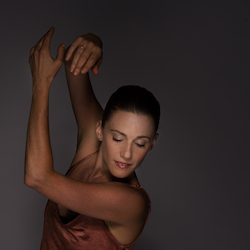
Some dance artists, such as Eckman, know that they want to stay involved with academia as well as professional concert dance. As she obtained her MFA in Dance at the University of Ohio and later a teaching position at the University of Arizona, while still making work and performing, she didn’t find that goal inaccessible (if a lot to sustain). She sees these sectors of the dance world “as not disparate”, adding, “Their communities are so intertwined.”
Eckman sees these communities — often forged in higher education — as far-reaching, continuous and supportive. Graduate school in dance was also where she learned writing and administrative skills, as well as abilities to speak about her work and listen to others speak about it in ways that are constructive. Higher ed can start a dancer on their “journey of learning who they really are as an artist,” she believes.
Ursprung found in academic dance a path alternate to commercial dance or a big concert dance company — which, when younger, he had seen as the possible avenues to dancing professionally. He’s been able to serve as a professor and director of composition curricula while running Reject Dance Theater and dancing in REP (Repertory Etudes Project).
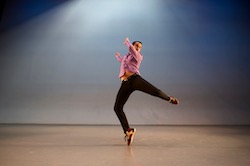
“My graduate work prepared me to make well researched work,” he shares. “Choreographic projects are research projects. You have to source information, think critically about what you find, create drafts, edit, get feedback, revise and copy edit.” Part of these skills of rigor that graduate school built in him, he continues, include feedback processes (giving and receiving) and various aspects involved with ultimately bringing work to the stage. He doesn’t believe that higher education is the only place to gain these skills, but it is a key one.
For Carlisle Norton, her academic degrees provided valuable tools and perspectives, a way to satisfy her hunger for learning and natural curiosity, and build a community of artists whom she stills calls friends and fellow creatives to this day. As a dance graduate student at Ohio State University, she trained in areas such as arts administration, video-editing and Photoshop — which she calls upon in direction of The Moving Architects.
For one year of graduate school, she trained and worked as a Pilates instructor, and was able to teach in the mornings before heading to classes in the afternoon. She advocates for finding work like that while studying dance or working toward a more financially sustainable place as a dance artist, “something that’s body-based and feeds your art form.” The other two years, she worked as a Graduate Teaching Assistant, providing tuition as well as payment.
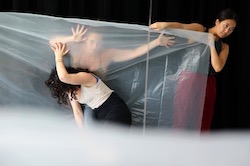
Patterson studied Biology in undergrad, and subsequently studied Business through a Master’s certificate program. Like Carlisle Norton, she attests to being able to call upon concepts, perspectives and specific skills from this academic experience in the artistic and leadership work of her company. For instance, studying biology offered her knowledge on anatomy, kinesiology and the way things work in systems in the natural world. Creative inspiration from these higher education experiences have occurred, as well, such as in creating a work from a painting of a sailboat, connected to sailing across the Atlantic Ocean through her biology studies.
Business offered her knowledge and tools for building her company’s fiscal health and sustainability, as well as the ability to be “a quick decision maker, to digest the facts and promptly respond in the most effective way possible.” Although she doesn’t have a higher education degree in dance, deep learning experiences — such as the Bates Dance Festival and Urbanity Dance Summer Intensive (Boston, MA) — were a type of higher education for her, she believes.
Eckman and Ursprung’s experiences in particular attest to the interconnectivity of the academic and professional dance spheres. On the other hand, Ursprung and Carlisle Norton point to some key differences between these sectors. As one, rehearsal space is free in academic dance environments, and there are often longer timelines for creating a work. In most cases, there’s much less time pressure and more time to really dive into, live in a work while creating it. Both artists recognize this as a key ingredient in the creative evolution that happens for artists in higher education, yet also something that students should be prepared to not have at their fingertips after graduation.
“A lot of dance in academia becomes so esoteric that it loses audience appeal; accessibility tends to get tossed aside in favor of intellectualism,” Ursprung believes. “In the professional concert world, if audiences don’t enjoy your work, you likely won’t be very successful in securing ticket sales or, more importantly, donors. You need to make work that reflects life outside of the academy.”
Carlisle Norton describes how on the one hand, graduate school experiences taught her to “care for audiences”, while on the other, she encountered attitudes of disregard for audience experience, which she found frustrating.
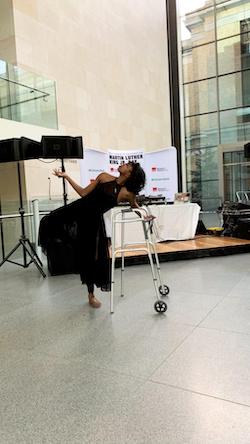
All in all, Carlisle Norton took away the importance of audience experience in success of her work, her company, and the concert dance field at large. Urspring believes that dance in higher education is thankfully moving toward instilling these sorts of practical considerations in dance students — “knowledge of personal finance, leveraging embedded skill sets into day jobs and finding ways to set yourself up for success.” He adds, “Academic dance programs are feeling pressure already to teach more practical survival skills. It’s rare to find programs that are purely teaching creative processes and technique.”
Patterson’s path demonstrates the importance of such practical tools and skills, as well as the validity — and even advantage — of finding alternate routes of formalized academic study that one can then bring to professional concert dance. “There are ways to continue to dance and study other things, and there is the advantage of bringing in other perspectives from other fields,” she affirms. Eckman, having come to dance in higher education as a classical ballerina, sees it all as a journey that’s unique to each artist — a journey requiring patience with one’s individual place at any given time. “It can’t be rushed,” she believes. “Things will come in their own time.”
All of that considered, what are some important considerations for an artist considering a BFA or MFA — perhaps choosing between that and putting everything directly into a professional concert dance career? Ursprung says that he’ll always guide young dancers toward a BFA. “Your world view and understanding of the dance field at 18 years old is so limited,” he underscores. He’ll encourage taking time in between BFA and MFA, however, “to practice making work and immersing yourself in the field. Hone your craft, and start making a list of things you need to improve on and seek out programs that will provide the right set of opportunities to best support you on your journey.”
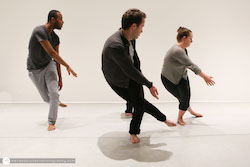
Patterson underscores the need for higher education degrees if one wants to teach as a professor or otherwise be a leader in the higher education dance space. Overall, Eckman also seems to be a strong advocate for higher education dance. She notes the advantage of a wide network of fellow artists that higher education can offer. She also recognizes what experience in concert dance can bring to academic study in dance — high levels of professionalism (including courtesy, promptness, adaptability, strong work ethic) and taking care of one’s physical instrument, for instance. If one does decide to take a higher education route, Eckhart advises keeping one’s eyes open and not being afraid to develop a relationship with one’s professor. “You’ll gravitate toward what resonates with you, and ultimately what will be your tribe,” she thinks.
Ursprung highlights how higher education dance programs are adjusting to the realities of the current professional dance world. And Eckman agrees, noting, “Dance companies don’t look quite what they looked like 20 years ago, and higher education dance is adjusting accordingly.” Yet, are there other ways that higher education can acknowledge the realities and offerings of the “real world” of professional concert dance (for lack of a better term)?
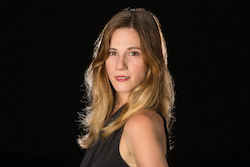
Ursprung would appreciate seeing higher education dance departments “open up their resources” to emerging and mid-career artists more often. “Often times, these resources are reserved for big companies, but the opportunity to create and workshop new and existing work in a collegiate setting would give artists the opportunity to dig deeper into their work,” he shares.
He promotes models such as Dean College’s recently restructured curricula, giving students internship experiences across different communities and sectors of the professional dance world. He believes that this approach “ensures that students know both what their options are and to test out a life in dance in order to see if it’s really what they want.”
In this model, as well as in all of these artists’ experiences, it’s clear that there are many possible paths in a life in dance — in non-academic professional concert dance, academic dance or some mixture of the two. As Eckman states, the important thing is for each artist to find the path that most aligns with and supports them as a unique individual — and making the most of the experiences, tools and friendships one finds along the way.
By Kathryn Boland of Dance Informa.


